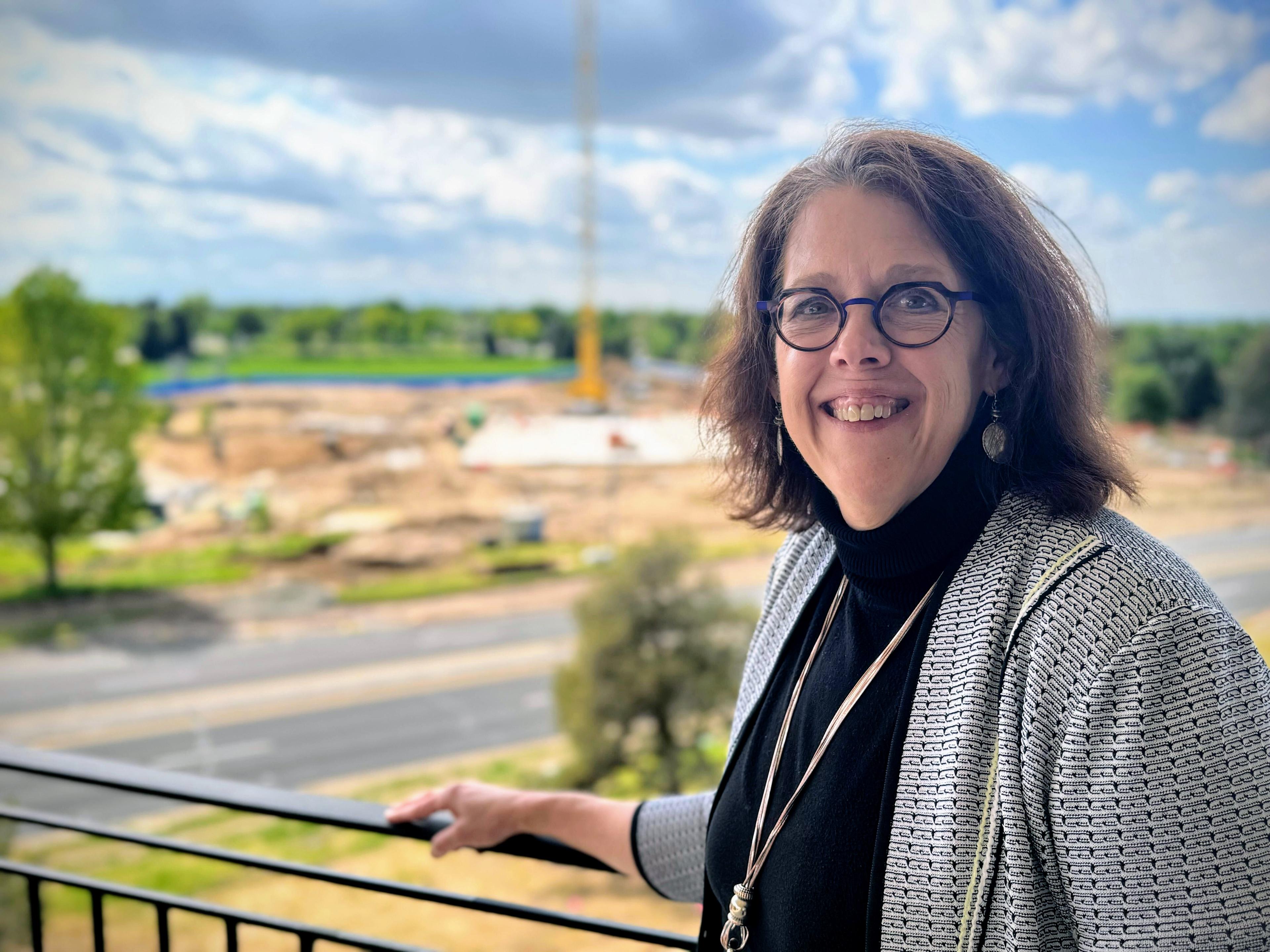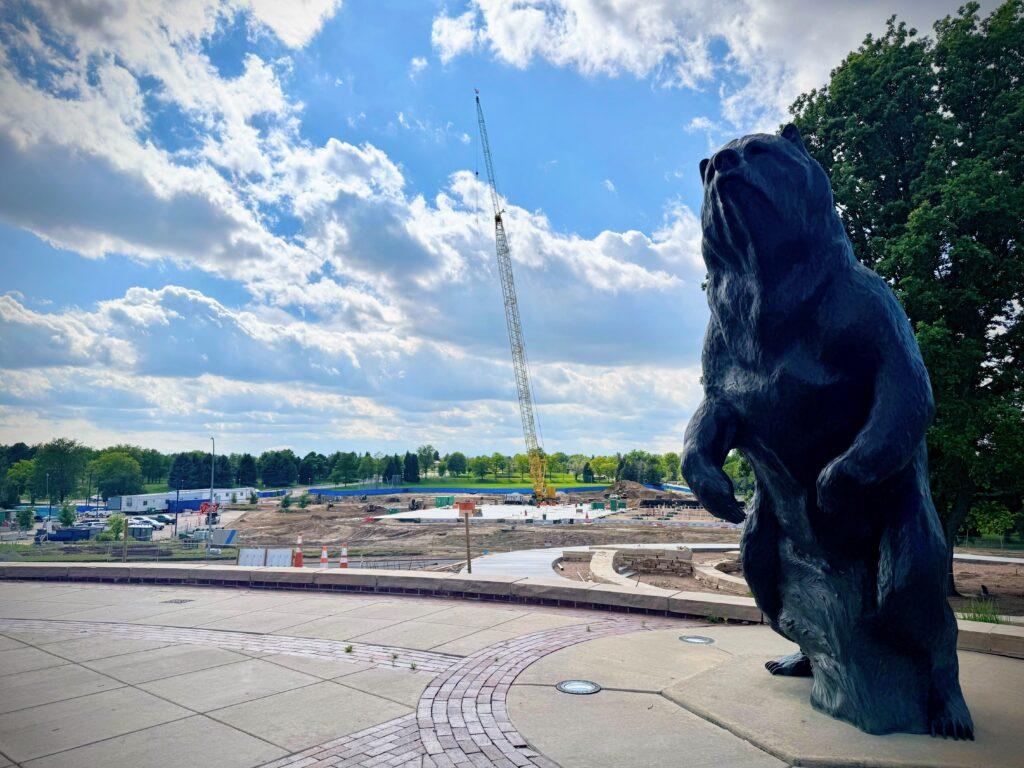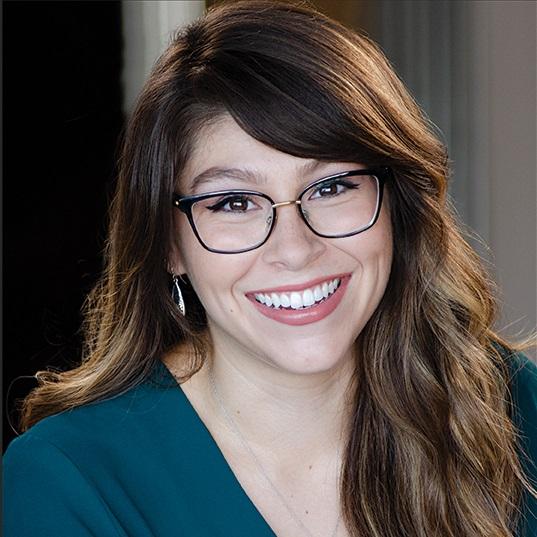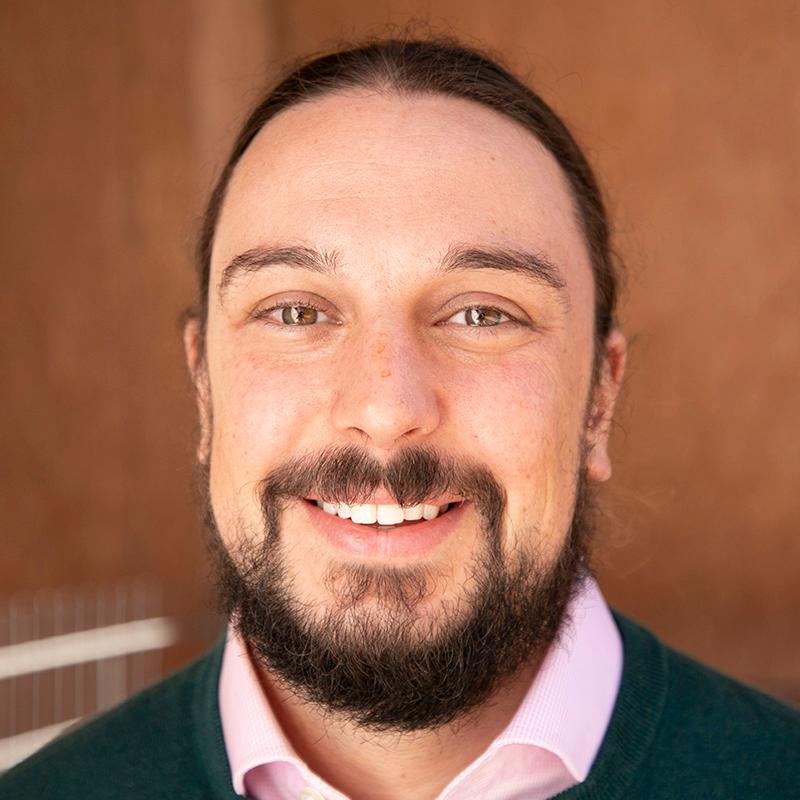
The University of Northern Colorado in Greeley is constructing the state’s third medical school, the UNC College of Osteopathic Medicine.
Its first class is expected next year. Founding Dean Dr. Beth Longenecker, DO, spoke with CPR’s Ryan Warner about what will set this new school apart and how it aims to address Colorado’s physician shortage – especially in rural communities.
They sat with a view of the construction sight, as beeps signaled the backing up of heavy equipment.
This interview has been lightly edited for length and clarity.
Ryan Warner: This will be the third medical school in the state, behind the University of Colorado and Rocky Vista, which is a DO school in Parker. Is this about prestige for UNC? Why do we need a third medical school?
Dr. Beth Longenecker: If you look at the state of healthcare in Colorado, there’s a significant physician shortage. The latest prediction is we will be short 187,000 physicians nationwide by 2035. The most recent data from 2024 say we’re going to be about 2,400 short in Colorado by 2030, including 1,700 in primary care. The shortage is much greater in rural areas. Even when I came here, it took me four months to get my first primary care appointment.
Warner: First, you have to find someone taking new patients. Then there’s the waitlist.
Longenecker: Correct. If we can expand our physician workforce, we’ll have a much better ability to see patients in a timely fashion. UNC was founded to meet the state’s need for teachers. Now, it’s about how we serve the state again. With only two medical schools, we’re producing about 400 new doctors a year.
Warner: How big will the classes be?
Longenecker: When we reach full capacity, about 150 to 160 students.
Warner: The assumption is graduates will stay in Colorado. Is that a safe assumption?
Longenecker: If I am someone from Colorado and I go to medical school in Colorado, but I leave Colorado to do residency, about 20 to 25% of those students will come back to Colorado and practice. If I'm from Colorado, go to medical school in Colorado and go to a residency in-state, that goes up to 75 or 76%.
So one of the initiatives that we're involved in is trying to expand graduate medical education or residency programs in the state. We've been talking across different hospital systems to explore what that looks like financially. What is the interest? We've started having quarterly meetings with CU Anschutz, with UNC and with Rocky Vista leadership to talk through what we can do to expand that profile, because that's the most likely way we'll keep those students in state.
Warner: Let's get more specific. What about staying in northern Colorado? What about staying in Weld County? What about serving The Plains, which certainly qualify as rural?
Longenecker: We’re working with the Eastern Plains Health Consortium to have placements for our students to rotate in those rural environments and spend two or three months on clinical rotations. So they actually get exposed to the community, which is a draw to bring them back after residency.
We've been working with Banner Health and the consortium to see if there is a potential for residency development across those systems, from Springfield all the way out to Julesburg and all up and down the Eastern Plains. So we've been talking to people in Sterling, we've been talking to people at Melissa Memorial [in Holyoke], we've been talking to people down in the southeastern corner of the state.
Warner: What about the potential for students to graduate with heaps of debt and wanting perhaps to go to more lucrative fields and places?
Longenecker: That's on everyone's radar in medical education now, with things like the budget bill that we're seeing federally. They're looking at doing away with Grad PLUS loans. And Grad PLUS loans are actually the most common loans that medical students pursue. 75% of all medical students use loans. 88% of DOs are in Grad-PLUS loans. And when you look at that, that's about a 3.4% interest compared to your private loans, which are 8%.
They also offer repayment during residency, which counts towards loan deferral. And if we do away with those lower-interest loans… they're also talking about capping those at $150,000. The average medical student graduates $275,000 in debt. If you're forced into a more expensive loan, there's a chance you'll not consider going to medical school or a chance that you don't want to go into a less lucrative specialty. So does everyone want to be an orthopedic surgeon?
Now, there are actual bottlenecks to that. There are only so many programs for residency training. But we really want to encourage those who want to be in family medicine, who want to be pediatrics, which is actually one of the lower-paying specialties, because we have sick care not healthcare, and most of the patients you see when you're a pediatrician are healthy. I think one of the biggest things we're advocating for is continuing those lower-interest loans so that we can continue to attract students into medical schools and into the specialties where we have the most need.
Warner: There's also a federal shift away from research investment. How does that affect students?
Longenecker: I know we're already seeing some of the programs, which are DO or MD/PhD programs across the country not enrolling students this year because of that grant funding issue. I think we're also facing an issue where a lot of the major research programs in medical schools, where that's a considerable part of their funding, may see an increase in tuition to help offset some of the income they're not getting from NIH grants and other funding.
For your average physician who wants to know enough about research to be able to read studies and take care of their patients but is not going to be a researcher, it's less of an impact for them on a one-on-one financial aspect, except for potentially those tuition increases. It has a big impact on “how do we address diseases? How do we make the big leaps in cancer research, the big leaps in research on disease, vaccines, and other aspects of healthcare and medicine that are going to be slowed down?” If you're not funding the research and research programs are being closed, that's just 10 steps backwards.
Warner: You’re building this school quickly. Is there concern about moving too fast?
Longenecker: When I first interviewed for the position, the president, Andy Feinstein, said to me, "We're going to open a medical school in 2025." I was hired in 2022 and I said, "Andy, I think that's overly ambitious and here's why."
So we are still working through our accreditation process. We are going back to our accreditors in August. If all goes well, we'll have a site visit in the fall and we should be on track for that 2026 opening. We have been building a team. So it is very quick, and in other ways, sometimes it feels like it's taking a very long time. I miss my students. I am a dean who likes to teach and not having students in the classroom is a little bit of a gap for me.

Warner: What does a medical education look like in Weld County, tailored to this community that is culturally adapted to this place and to the people of this place? I think of the farms around us. I think of the cattle lots around us. I think of the immigrant labor around us. Is this just a one-size-fits-all, plop-it-down, DO school? Or is it tailored in some way to the sorts of folks that these future doctors will see?
Longenecker: Well, when we started the medical school, the first thing I did was get an advisory board that included people from the community, people from the university, and we looked at “what is the mission and vision for this medical school?” And our mission is not just to train doctors who are there and providing great care to their patients, but also to their communities.
We even have a course in our curriculum that's called “Patient, Physician and Community” that looks at your own professional identity. What does that bring to the table? What are some of the aspects in your community needs, such as you're rural and you're 75 miles from a hospital? How does that impact your treatment plans? Or you're in a food desert, how does that impact your ability to comply with your diabetes plans and diet?
So we're really looking at how we build physicians who are community-aware and sensitive, so they can provide the best service to their patients wherever they practice. We're looking at we do outreach to our rural communities, to the high schools and even before to say, "Have you ever thought about coming back home and being the community doctor? And how do we hook you up with mentors?”
Warner: This isn't just about the outreach to place residents. This is about going to, maybe, a middle school or a high school and saying, "Have you thought about wearing a white coat?"
Longenecker: That's correct. We've also started to talk about implementing something they're doing at Oklahoma State, which is called the Blue Coat to White Coat Program. It's through Future Farmers of America. Now that we're starting to staff up, we can really start to explore those pathways more aggressively. And I think it's a great way to reach out and connect with someone who's 12 and is just starting to think, "What do I want to do? Maybe I want to be a doctor or a nurse." And talk to them about what it takes to be a physician, to be a nurse, to be an audiologist, to come and do public health.
And we have all of those programs here. So how do we reach out to those students and attract them into the health professions? How do we remove some of the barriers to getting into medical schools?
One of the biggest barriers we see here at UNC: We have 41% first-generation students. So they don't have anyone that can walk them through the whole process of what it takes to be in college or what are the next steps to go to medical school. So really having that advising presence for those students is important. 80% of our undergraduates work while they're in school. So if I'm working part or full time —
Warner: Wait, students in medical school could have other jobs?!
Longenecker: It's very difficult. When you look at the course load for undergraduates and you're talking 12 to 16 credit hours, the equivalent in medical school usually is approximately 30 credit hours in a semester. So it's very difficult to hold a job while you're in medical school. But we have an undergraduate population who's working and those are the ones who are preparing to come to medical school.
So when we look at things like MCAT scores (Medical College Admission Test), which is one of the things every medical school will put out, "This is our minimum MCAT score to enroll in medical school." There's a lot of literature out there that you can say, "This is where you succeed and where 88% of your students will graduate with their boards." And you don't need a 510 on the MCAT, a 498 will do that.
So how do we look at a more broad range of MCAT, knowing that if I'm a working student, I don't have thousands of dollars to spend on a prep course. I can't take three months off work to just study for my MCAT. Looking at things, such as “have you been engaged with your community? Have you done community outreach? Have you had any kind of longitudinal community service?” That counts a lot towards our mission.
So maybe this person has a 500 on the MCAT and they've been very community-focused, whereas this person has a 510 and pretty much all they did was go to school. What have you done? Have you worked in a healthcare field as an MA, as an EMT, as a scribe? Because that indicates that you know what you're getting into and you really do want to continue down that path to becoming a physician.
Those kinds of things are what we're going to weigh in our admissions criteria. We want to make sure you can succeed in medical school, but you don't have to have a flawless 4.0 GPA to do so. And frankly, as a physician, I have never had anyone ask me what I scored on my boards or if I passed on my first time.

Warner: You’re building a medical school, not a university hospital?
Longenecker: That's correct. The majority of osteopathic schools use this community-distributed model for the rotations where you ally with different hospital systems and send your students out to those programs. About one-third of the MD programs do the same, and about 2/3 of the MD programs are at large teaching hospitals.
Warner: What does success look like?
Longenecker: Success in one year has me with 75 to 80 first-year students at a white coat ceremony in August of 2026. Success in three years is that same group of students having an above-average pass rate on their first try at the national boards. Success in four years is graduating at least 78 of those 80 students on time and having them all match into residencies. And success in 10 years is those students coming back and practicing in the state and in our region.
Warner: Thank you so much for sitting here as we gawk at this construction project.
Longenecker: Yes. This is what I do when I'm stressed. I come out and look at the construction and say, "We've made this much progress. This is tangible. There is concrete.”









